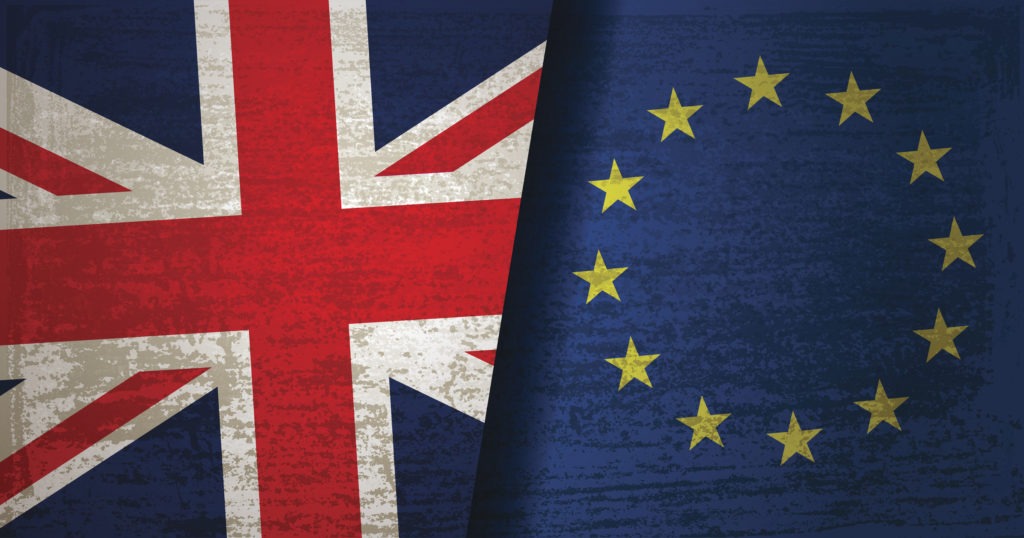Year in review: Brexit
04 January 2018

4 January 2018
While the UK voted to leave the European Union during 2016, it was last year that the impact of the move, dubbed ′Brexit’ became apparent. Following the triggering of Article 50, the clause to begin the process of leaving, negotiations started and the potential effects of the move became clearer.
The UK will leave the European Union by the middle of 2019, so there is a long way to go in the negotiations. However, concerns over the movement of goods and the potential for a ′hard’ Brexit, where tariffs would be imposed on goods, meant the car industry started wondering whether investing and building in Britain would be a good idea.
Autovista Group covered 62 stories related to Brexit through the course of the year.
The news started positively, with Toyota announcing it is to invest £240m (€276m) in its UK Burnaston plant. President and CEO of Toyota Motor Europe Dr Johan van Zyl said: ′Our investment demonstrates that, as a company, we are doing all we can to raise the competitiveness of our Burnaston plant in Derbyshire. Continued tariff-and-barrier free market access between the UK and Europe that is predictable and uncomplicated will be vital for future success.’
However, while Toyota had followed Nissan in announcing investment, questions were raised following government intervention in the deal, with ministers offering certain assurances to secure the Japanese manufacturer’s backing. It was later revealed that assurances were also given to Toyota.
Therefore, when VW discussed investment in its Bentley plants in the country, the British Government declined to release details of talks over guarantees made to secure its manufacturing in Britain after Brexit.
Fears over a complicated leaving process and issues surrounding possible tariffs sparked various companies and industry bodies into action. The Society of Motor Manufacturers and Traders (SMMT) was first to call for an ′interim’ period after 2019 to allow for adjustment. The group asked the government to seek an arrangement that would maintain membership of the EU single market and customs union until a final agreement on a new relationship is negotiated and implemented.
Vehicle manufacturer Honda also warned that any departure from the EU’s customs union would push up costs for small and medium-sized parts suppliers, which could see the UK supply chain seise up. However, in August,  the government announced a proposal for an ′innovative and untested’ new UK-EU customs ′partnership’, which would avoid customs checks and enable ′frictionless’ trade. This would involve importers from outside the UK and EU paying whichever tariff out of the UK or EU is higher, and then reclaim the difference if the goods are sold in the region with the lower tariff.
Later in the year, as negotiations between Britain and the EU continued with limited success, the automotive industry started calling for clarity over the situation. Despite its investment plans, Toyota asked the government to ′lift the fog’ surrounding negotiations, while Honda became the first manufacturer to reveal that it could not absorb the potential 10% tariffs placed on imports and exports, meaning vehicle prices would need to rise, or it would have to look at manufacturing in mainland Europe.
Ford also warned that a ′hard’ Brexit could lead to a withdrawal of investment in UK facilities and manufacturing in another stark warning about the impact of the situation on the automotive industry. The company said that it would be difficult to ′unwind’ its supply chain after 40 years of establishing it.
As well as manufacturers, the aftermarket could also be hit by Brexit. The Institute of the Motor Industry (IMI) warned that unless European Block Exemption rules were employed by the UK following Brexit, independent garages could lose access to vehicle data that is essential to their work. Also, the SMMT suggested that British motorists could see their annual service and repair costs rise by 10% due to Brexit if no deal is reached between the UK and EU over tariffs and other barriers to trade.
The process also saw investment in UK automotive plummet. Just £322 million (€392 million) was pumped in during the first half of 2017. In 2016, almost £1.7 billion (€1.9 billion) was invested in the automotive market across the whole year, which was also down on 2015, when £2.5 billion (€2.8 billion) was put in.
The situation became so untenable with various warnings and concerns, that UK automotive executives met with the UK Prime Minister to seek ′urgent clarity’ over future trading relations with the European Union after Brexit if they are to continue investing in the country’s automotive market.
The situation is expected to clear in 2018 as negotiations continue. However it remains to be seen whether the UK will achieve a free trade deal with Europe, or whether tariffs will need to be imposed, and whether manufacturers will then shut their plants in the country.